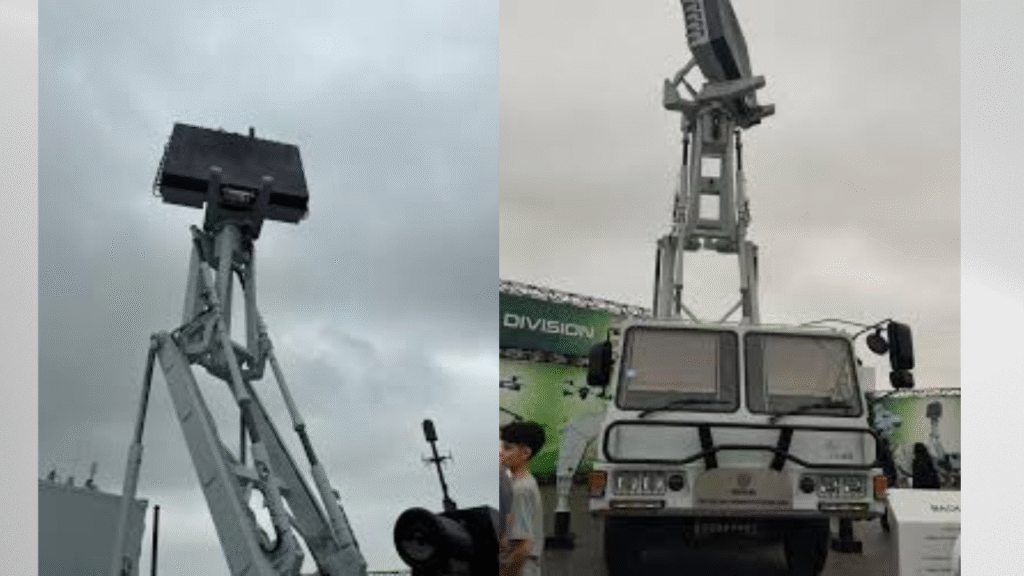Pakistan is working to strengthen its air defense capabilities, and the development of a new system known as Machaan has been mentioned as part of this effort. While official details remain limited, experts believe the project may be aimed at creating an indigenous, mobile air defense solution that complements existing systems like the HQ-9/P and LY-80.
The idea is to reduce dependency on imports and give Pakistan more flexibility in tackling modern aerial threats such as drones and cruise missiles. A full overview of Pakistan’s current layered defense setup can be found on Quwa Defence News.
The system is expected to draw inspiration from projects already underway, such as the locally developed LOMADS and the FAAZ missile family, which represent Pakistan’s growing self-reliance in this field. If Machaan follows the same model, it may be a mobile launcher integrated with radar and command units that can be moved wherever the Army or Air Force needs it.
Pakistan has already invested heavily in layered defense, with systems like the Chinese HQ-9/P for high-altitude threats and LY-80 units for medium range. Adding Machaan to this mix could give the country more flexibility and reduce dependence on imports. For a closer look at Pakistan’s layered defense strategy, you can read an analysis on Quwa.
If Machaan comes to life, it will not only strengthen Pakistan’s defense posture but also highlight the maturity of its local industry. Indigenous programs reduce reliance on foreign suppliers, help save costs, and create opportunities for engineers and researchers within the country.
Over the years, organizations like NESCOM and GIDS have already developed missiles, drones, and air defense systems that are now in active use. Machaan would fit neatly into this trajectory and could become a symbol of Pakistan’s shift from buyer to builder in the global defense market.
For background on how Pakistan is moving toward self-reliance in defense production, check out this detailed report on European Security & Defence.



